We Need to Talk About Methane: Part One
This is the first post in our We Need to Talk About Methane series. See Part 2 for a discussion of the orphan well crisis and Part 3 for the history and current state of U.S. methane regulation.
Global emissions of methane have reached a record high and are projected to continue soaring in the coming years. Methane is a potent gas that can warm the planet more than 80 times as much as carbon dioxide over a 20-year period. Alarmingly, recent studies indicate that fossil fuel extraction in the United States is the most significant anthropogenic driver of increased emissions in North America, and now makes up for about a third of global methane emissions. This 15% increase over the past decade closely mirrors the shale extraction boom that has been taking place in North America at the same time.
Methane is the wolf in sheep’s clothing of the pollution landscape. It must be burned off or captured when released during oil and gas production; if not, it has a powerful global warming potential and can also have devastating health effects on surrounding communities. Mitigating these impacts can be difficult, as methane is a clear, odorless gas that is challenging to detect and loosely regulated. It can be laborious to identify leaks and often requires expensive technology and monitoring procedures, such as aerial testing. Currently, companies are not required to monitor emissions on an around-the-clock basis, meaning the snapshots they report can be wildly different from the actual emissions released during a major leak event.
Methane doesn’t just escape during the production of natural gas, however. A number of studies have yielded evidence of significant leaks throughout the storage, transmission, and local distribution of natural gas. Aging infrastructure and poorly maintained pipelines exacerbate the problem. The data on these leaks is nuanced and varies widely depending on the way it’s calculated.
There is a growing consensus that the EPA’s official estimates of methane emissions in the United States are significantly lower than the current reality. Further compounding the problem is the fact that policymakers continue to calculate methane’s global warming potential (GWP) using a 100-year timeframe. Methane has powerful warming impacts in its first few decades before it decays to C02. When calculated using a more scientifically-appropriate 20-year GWP measure, methane’s negative impacts are about five times greater than when measured across a century - and oil and gas are much larger contributors.
Source: 350Colorado: Avoiding a Roadmap to Climate Catastrophe
When we examine accurate estimates of the methane emissions released in the production, transmission, distribution, and use of natural gas, gas-fired power loses its advantage over coal-fired power in terms of reducing greenhouse gases. Additionally, most current climate plans, including the Paris Agreement, do not reflect realistic estimates of methane emissions, and therefore do not account for their impacts on our ability to mitigate climate change. Colorado’s GHG Roadmap has some glaring problems when it comes to methane emissions. Not only does it significantly underestimate methane emissions by relying on a 100-year GWP, it also assumes that the oil and gas sector will accurately and truthfully self-report all leaks and it actually allows for oil and gas production to increase in the coming years.
Natural gas is not the clean energy solution needed to combat the climate emergency, and we’re just beginning to fully understand the true consequences of our reliance on it. The energy and climate conversation needs to acknowledge the true cost of methane emissions from the oil and gas sector in order to chart an honest and effective path forward.

